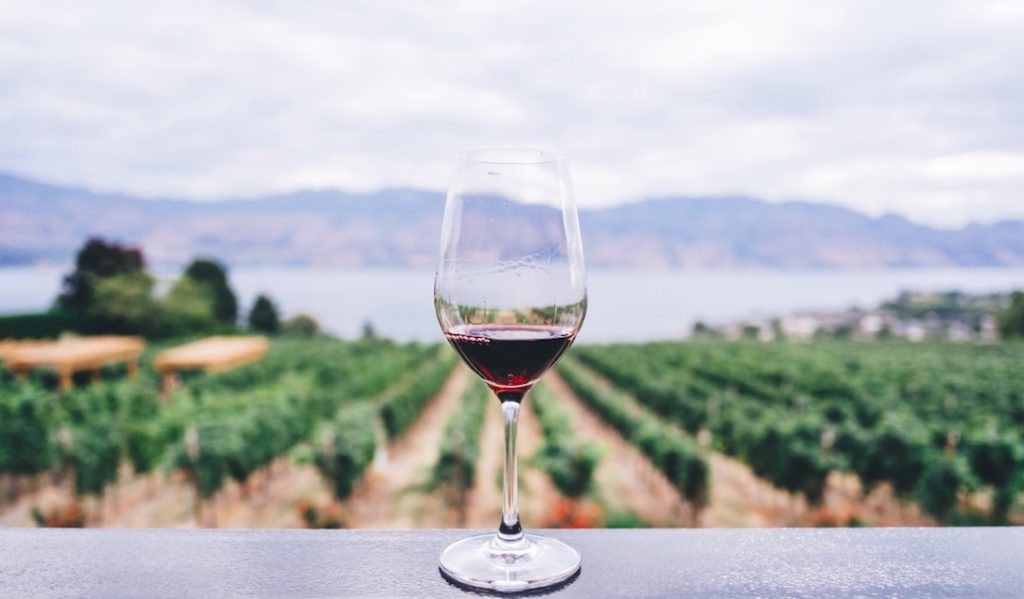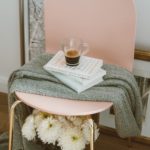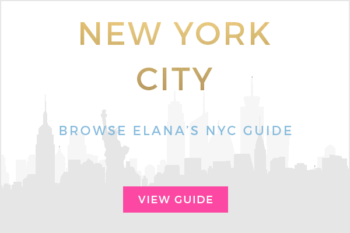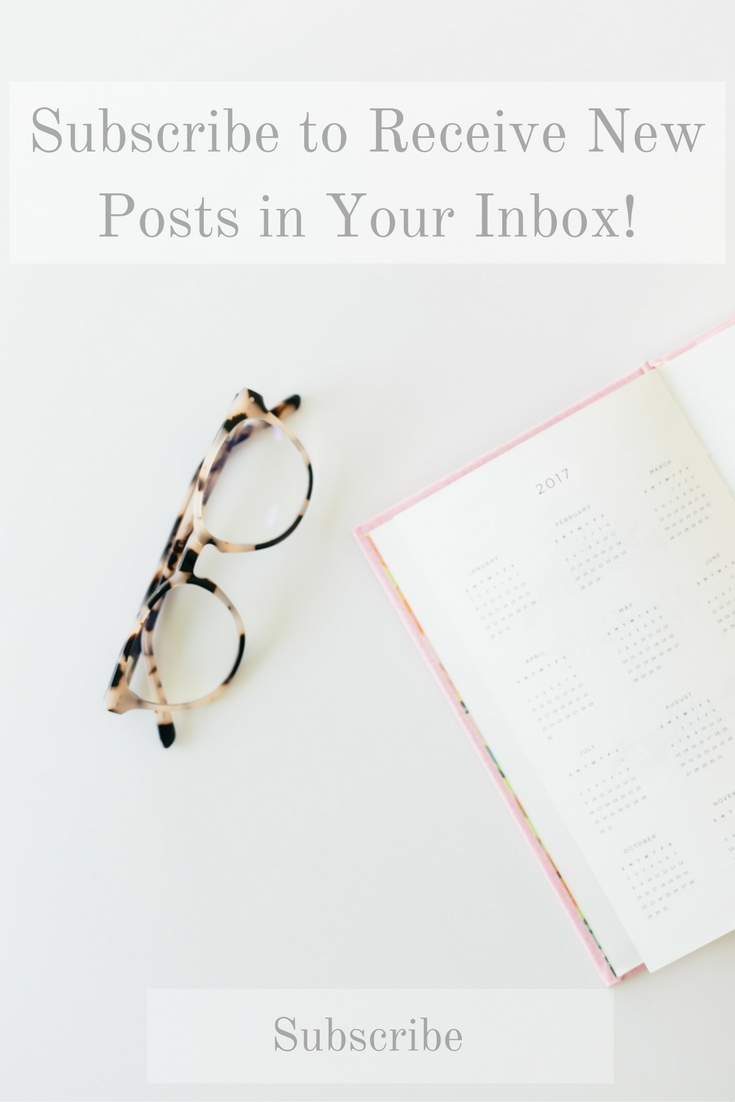Tell me if this sounds familiar, you walk into your neighborhood wine store, and browse the shelves looking for a bottle to bring to a dinner party. The sales associate asks if you need any help, you shoo them away for fear of not being able to articulate what it is you actually want or afraid that they will suggest something way over your budget. So, you pick the bottle with the label that catches your eye, at a price you’re willing to spend, it’s red, people drink red with dinner, done deal. I’m here to tell you buying wine doesn’t have to be the panic-inducing experience you may know it to be. By following the below few tips, you’ll be on your way to owning your wine knowledge, and remember, knowledge is drinking power! Here’s how to buy wine.

- There are three main components to focus on when buying wine: varietal, region, and price. The varietal is the type of grape (Chardonnay vs. Pinot Grigio or Cabernet Sauvignon vs. Merlot). The region determines where the grapes were grown and most likely where the wine was made. This has a large influence on certain taste profiles and ultimately the pricing of the bottle.
- Wine stores are often organized by region, varietal, or both. Knowing this can help you get the lay of the land if you’re looking for something specific (Sauvignon Blanc from New Zealand) but can also help you explore new-to-you wines from different regions (Sauvignon Blanc from the Loire Valley).
- Taste is subjective-humans can identify 5 tastes and up to 2000 different smells. And what may smell like shoe leather and tobacco to one person may smell like roses to another. Don’t get too caught up in what a wine is “supposed to smell like” and focus on what it smells like to you. Each time you taste a wine, try to catalog the varietal and region of the wine and what it smells and tastes like to you. As you build this you can take it a step further to catalog vintage and producer and that infamous word “terroir” as well. I’ve cataloged my own journey tasting and profiling wines, check out my “Wine Wednesdays” posts. As you build these descriptors, it will make it easier to communicate what you like or don’t like in a wine to the salespeople.
- This brings me to my next point, take advantage of the great wine-lovers working in the wine store. They are there to share in a love of wine and they’re generally just happy that you love and enjoy wine as well and will not judge your tastes or descriptors. Be as specific as possible in sharing a wine you’ve recently tasted and liked and what you liked about it. It’s also helpful to let the salesperson know what you’re buying wine for, whether it’s a dinner party, hostess gift, or Thursday night with “Scandal.”
- Don’t be embarrassed to give specific pricing guidelines. There is a time and a place for that $10 bottle (hello Thursday night “Scandal”) and the $150+ bottle. It seems to be a game in the wine world to find those bottles that over-deliver at their price point; make it a point to seek those out.
By Caroline Shifflett: Caroline blogs about food and beverages at her site, Chardonnay Moi. For even more wine knowledge and inspo, follow her on Instagram to see what she is doing and drinking @chardonnaymoi.
































